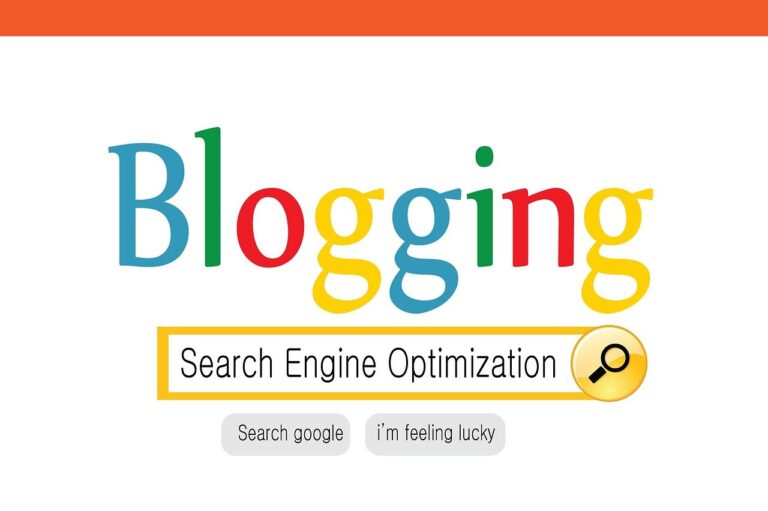Basic blogging rules for healthcare practices: Engage patients with easy tips
Blogging for healthcare practices isn’t just about sharing medical jargon. It’s a powerful tool to connect with patients, establish trust, and grow your practice. Effective healthcare blogging can differentiate your business from competitors while providing valuable information to your patients about their health and medical needs.

By creating engaging content, you can position yourself as a thought leader in your field. This helps build credibility and attract new clients. Plus, it’s an excellent platform to clarify common misconceptions and promote health literacy among your audience.
Remember, the key is to focus on what interests your readers, not just what you want to tell them. Keep your content relevant, easy to understand, and valuable to your target audience. This approach will help you create a blog that truly resonates with your patients and potential clients.
Key Takeaways
- Create patient-focused content that educates and informs
- Use blogging to establish yourself as a trusted healthcare expert
- Regularly update your blog to maintain engagement and attract new patients
Crafting Quality Blog Content

Creating compelling healthcare blog content requires a blend of medical expertise, writing skill, and audience understanding. Focus on delivering value to your readers while maintaining accuracy and search engine appeal.
Understanding Your Audience
Know who you’re writing for. Are you targeting patients, fellow healthcare professionals, or both? Tailor your content to their needs and interests. Use language they’ll understand and appreciate.
Consider creating patient personas to guide your writing. Think about common questions your patients ask during visits. Address these in your blog posts.
Your readers are likely searching for health information online. Make your content easy to find and digest. Use clear headings and bullet points for key takeaways.
Maintaining Medical Accuracy
As a healthcare professional, your blog’s credibility hinges on accuracy. Double-check all medical facts before publishing. Stay up-to-date with the latest research in your field.
Consider having a peer review your posts for accuracy. This extra step can catch potential errors and enhance your blog’s authority.
Use reputable sources to back up your claims. Link to respected medical journals or government health websites when appropriate.
Balancing SEO with Readability
Optimize your content for search engines without sacrificing readability. Use relevant keywords naturally throughout your post. Include them in headings, meta descriptions, and image alt text.
Keep your writing clear and concise. Break up long paragraphs and use subheadings to improve readability. Aim for a mix of short and medium-length sentences.
If you’re using WordPress, you can use tools like Yoast SEO or RankMath to help you optimize your posts without overdoing it.
Sourcing and Citing Information
Always cite your sources when presenting medical information or statistics. This builds trust with your readers and protects you legally.
Use hyperlinks to reference other reputable websites or studies. This not only provides backup for your claims but can also improve your blog’s SEO.
When quoting directly, use quotation marks and attribute the source. For paraphrased information, mention the source within the text or link to it.
Be cautious about using stock images. Ensure they accurately represent the medical concepts you’re discussing. Consider creating your own diagrams or infographics for complex topics.
Engagement and Growth Strategies

Boosting your healthcare blog’s reach and impact requires a mix of smart tactics. Let’s explore some key strategies to engage your audience and grow your online presence.
Maximizing Social Media Impact
Social media is a goldmine for healthcare marketing. Start by choosing platforms where your target audience hangs out. Facebook and LinkedIn are great for professional content, while Instagram works well for visual stories.
Post regularly and mix up your content. Share blog snippets, health tips, and behind-the-scenes peeks. Use hashtags to boost visibility. Try #HealthcareHeroes or #WellnessWednesday.
Engage with your followers. Reply to comments and join health-related discussions. This builds trust and keeps your practice on people’s minds.
Consider running social media contests or Q&A sessions. They’re fun ways to boost engagement and attract potential patients.
Building a Subscriber Base
Your email list is gold. It’s a direct line to folks interested in your content. Place sign-up forms on your blog and social media profiles.
Offer something valuable in exchange for emails. Maybe a free e-book on common health myths or a weekly wellness newsletter. Make sure it’s something your target audience really wants.
Segment your list based on interests. Send personalized content to different groups. A diabetic patient might want different info than someone interested in fitness tips.
Don’t spam! Send emails regularly, but not too often. Aim for quality over quantity. Include a mix of blog updates, health tips, and practice news.
Analyzing Performance Metrics
Numbers tell a story. Use Google Analytics to track your blog’s performance. Look at page views, time on site, and bounce rates. These show if people find your content engaging.
Check which posts get the most traffic. This helps you understand what your audience likes. Use this info to plan future content.
Monitor your search engine rankings. Are you showing up for important keywords? If not, you might need to tweak your SEO strategy.
Track social media metrics too. Look at likes, shares, and comments. These show how well your content resonates with followers.
Don’t forget about conversion rates. Are blog visitors booking appointments? If not, you might need to adjust your calls-to-action.
Frequently Asked Questions

Starting and maintaining a healthcare blog involves several key considerations. From content creation to ethical concerns, these questions address common issues faced by medical professionals venturing into the blogging world.
How do I start a blog about healthcare?
To start a healthcare blog, first choose a specific niche or topic you’re passionate about. Then, set up a user-friendly platform like WordPress or Squarespace. After that, create a content calendar to help you post regularly.
Develop a unique voice and style that resonates with your target audience. And remember to always fact-check your information and cite reputable sources.
What should a good medical blog include to be informative and engaging?
A good medical blog should include clear, easy-to-understand explanations of complex health topics. Use FAQs to address common patient concerns. Include visuals like infographics or diagrams to illustrate key points.
Share personal anecdotes or case studies (while maintaining patient confidentiality) to make content relatable. Finally, keep up with current medical research and discuss new findings in your field.
Can healthcare professionals blog without violating patient confidentiality?
Yes, healthcare professionals can blog while respecting patient privacy. Just remember never to use real patient names or identifying details. And get written consent if you want to share a specific case.
Focus on general medical information rather than individual cases. When in doubt, err on the side of caution and omit any potentially sensitive information.
What are some creative names for a blog focusing on health and wellness?
Some creative blog names for a health and wellness focus are “Wellness Whisperer,” “The Healthy Habit Hub,” and “Vitality Vessel.” You could also try “Mindful Medicine Musings,” “The Wholesome Chronicles,” or “Fit & Flourish.”
Choose a name that reflects your specific focus and personality. Make sure it’s easy to remember and spell for better online discoverability.
What are the do’s and don’ts for healthcare professionals using social media?
Do: Share evidence-based health information. Engage with your audience by responding to comments. And use privacy settings appropriately.
Don’t: Give specific medical advice online. Share patient information without consent. And post anything you wouldn’t want your colleagues or patients to see.
Always maintain a professional demeanor, even in casual online interactions. Remember that your online presence reflects on your practice.
How can students in the medical field benefit from following health science blogs?
Students can gain exposure to current research and trending topics in their field. Health blogs offer insights into real-world applications of medical knowledge.
Following diverse health blogs can help broaden your understanding of various specialties. It’s also a great way to improve your scientific communication skills. You can observe how complex topics are explained to a general audience.







